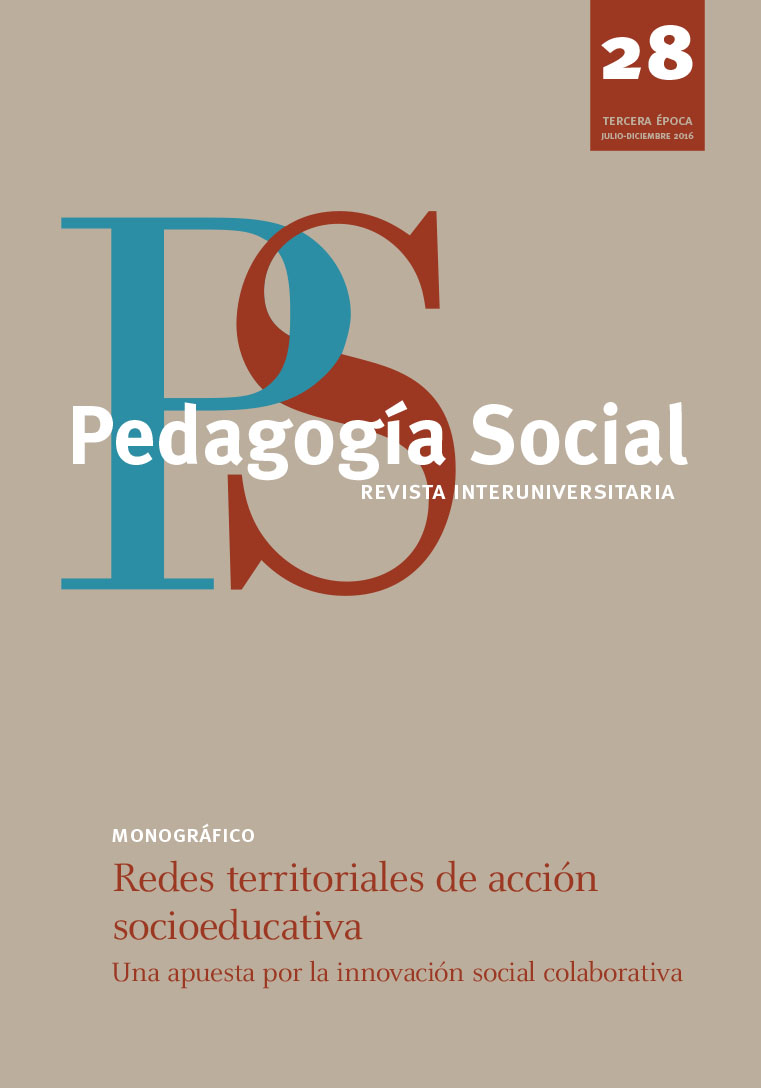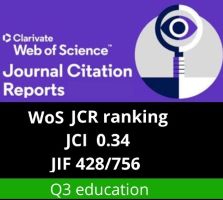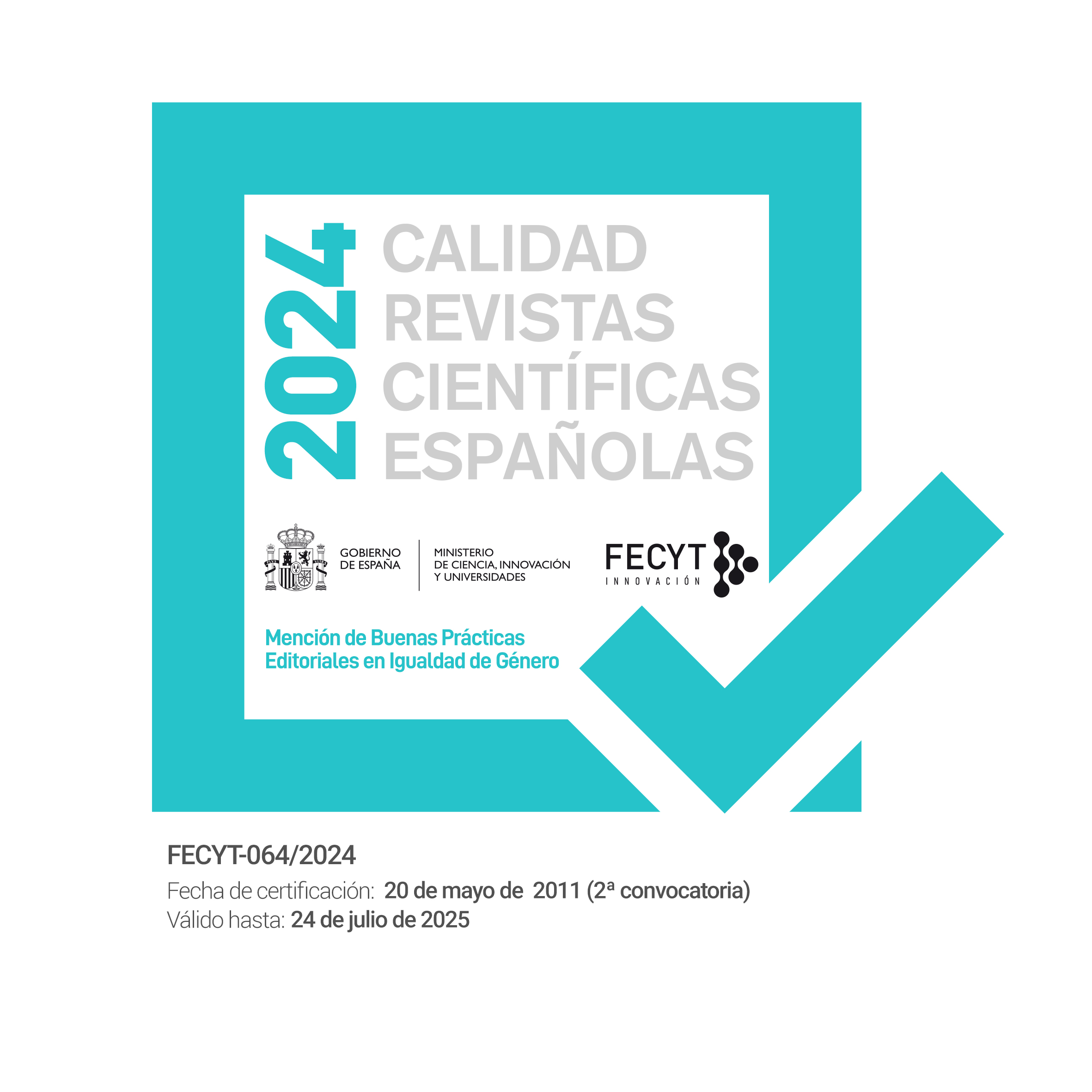Brokering leadership in complex environments
DOI:
https://doi.org/10.7179/PSRI_2016.28.02Keywords:
leadership, organization, environment, homeless peopleAbstract
This qualitative study, set in the United States, presents an in-depth analysis of leadership in schools and community-based organizations that helped connect students and families to vital education resources. Data were collected from 132 interviews with those who experienced the social and organizational complexities of homelessness. The findings suggest that brokering leadership supports learning, symbolism, identity development, and responsibility. The study indicates that brokering leadership has promise for cultivating opportunities for those who are traditionally disconnected from important resources and relationships.
Downloads
References
Abbott, A. (1997). Of time and space: The contemporary relevance of the Chicago School. Social Forces, 75 (4), 1149-1182.
Bryman, A. (2004). Social research methods (2nd ed.). New York, NY: Oxford University Press.
Creswell, J. (2002). Educational research: Planning, conducting, and evaluating quantitative and qualitative research. Saddle River, NJ: Prentice Hall.
Hopson, R., Miller, P., & Lovelace, T. S. (2016). University–School–Community Partnership as Vehicle for Leadership, Service, and Change: A Critical Brokerage Perspective. Leadership and Policy in Schools, 15(1), 26-44.
Larson, A. M., & Meehan, D. M. (2011). Homeless and highly mobile students: A population-level description of the status of homeless students from three school districts. Journal of Children and Poverty, 17(2), 187-205.
Miller, P. M. (2011). Homeless education and social capital: An examination of school and community leaders. Teachers College Record, 113, 1067 -1104.
Powers-Costello, B., & Swick, K. J. (2011). Transforming teacher constructs of children and families who are homeless. Early Childhood Education Journal, 39(3), 207-212.
Sampson, R. J. (2012). Great American city: Chicago and the enduring neighborhood effect. University of Chicago Press.
Sampson, R. J. (2012). Neighborhood inequality, violence, and the social infrastructure of the American city. Research on Schools, Neighborhoods, and Communities, 3(7), 11-28.
Scanlan, M. (2013). A Learning Architecture How School Leaders Can Design for Learning Social Justice. Educational Administration Quarterly, 49(2), 348-391.
Small, M. L. (2009). Unanticipated gains: Origins of network inequality in everyday life. New York: Oxford University Press.
Spillane, J. P., Hopkins, M., & Sweet, T. (2015). Intra-and inter-school interactions about instruction: exploring the conditions for social capital development. American Journal of Education, 122(1), 71-110
Downloads
Additional Files
Published
How to Cite
Issue
Section
License
Copyright (c) 2016 Pedagogía Social. Revista Interuniversitaria

This work is licensed under a Creative Commons Attribution-NonCommercial-ShareAlike 4.0 International License.
Copyright and right to archive
The published version of the articles can be self-archived by their authors in open access institutional and thematic repositories. However, Pedagogía Social. Revista Interuniversitaria must authorize partial or global reutilisation on new papers or publications.
Published papers must be cited including the title of the journal Pedagogía Social. Revista Interuniversitaria, issue, pages and year of publication
Ethical responsibilities
Pedagogía Social. Revista Interuniversitaria does not accept any material that has been previously published in other documents or publications. Authors are responsible for obtaining the required permissions for partial or global reproduction any material from other publications, and to correctly quote its origin.
Pedagogía Social. Revista Interuniversitaria is obliged to detect and report fraudulent practices.
Only those who have intellectually contribute to the development of the paper must appear as authors.
The journal expects authors to declare any commercial partnership that might entail a conflict of interest with respect to the submitted article.
Authors must mention in the article, preferably in the “methodology” section, that the procedures used during the samplings and controls have been made after getting informed consent.
The journal will not use any received contribution in a way other than the goals described in these guidelines.
Copyright Notice
© Pedagogía Social. Revista Interuniversitaria. Papers published in both the printed and online versions of this Journal are property of Pedagogia Social. Revista Interuniversitaria, being required to cite the source in any partial or total reproduction.
Unless otherwise stated, all content of this electronic journal is distributed under "Creative Commons Attribution-Non commercial 3.0 Spain" (CC-by-nc) license for use and distribution. The informative version and the legal text of this license is available here. This has to be expressly stated in this way when necessary.






